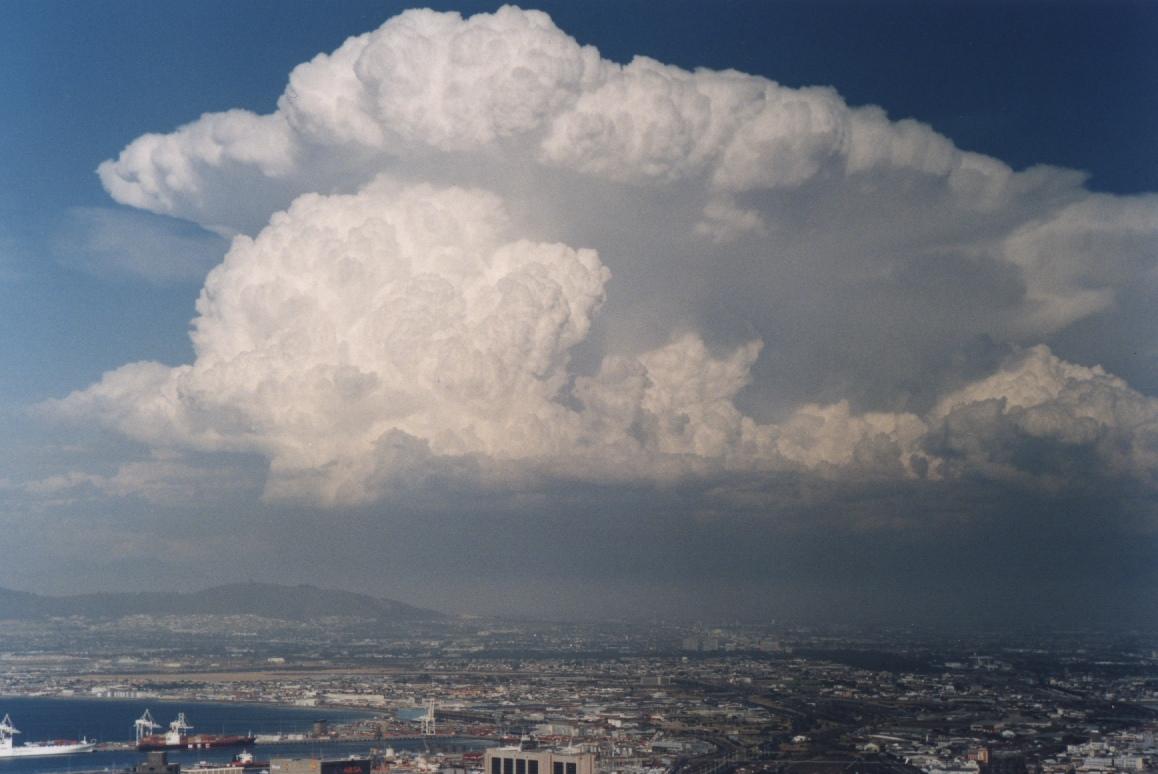
CUMULONIMBUS CLOUD: These occur at the same heights and with the same vertical growth as the cumulus clouds. These are towering thunderheads that bubble up through the troposphere. Due to the fact that they reach freezing altitudes they often become “crowned” with a giant feathering anvil top of ice crystals. They will produce heavy rain, thunder and lightning.
CONVECTIONAL OVERTURNING: The outer shell of a cumulus cloud is often quite stable and the pattern of it is very clear cut, because of the result of mixing cloud and unsaturated air. Toward the center of the cloud there is instability, due to mixing and increasing water content. The rate at which the mass of air in a cloud increases equals the rate of entrance through sidewalls and top, meaning the amount of air that goes in and out must be equal.
CONVECTION CURRENT: A current caused by the expansion of in this case a liquid as the temperature rises. The expanded material being less dense rises while the colder material will sink. They occur in the atmosphere above warm land masses or seas giving rise to sea and land breezes.
THUNDER: The sound of lightning, and depending on the distance or the the nature of the lightning the sound can either be a sharp loud crack, to a low long rumble. The quick increase in both temperature and and pressure from lightning creates rapid expansion of the air and this expansion creates a sonic shock wave. You can calculate the distance of lightning to you by the time between and the flash of light and the sound that follows.
 LIGHTENING: A discharge of electricity in the atmosphere. In order to create lightning there must be a build up of about 300 million volts in the cloud. The earth becomes positively charged under a storm cloud and eventually a spark jumps, between the negative charge of the cloud and the positive charge of the land, in a series of jerky steps.
LIGHTENING: A discharge of electricity in the atmosphere. In order to create lightning there must be a build up of about 300 million volts in the cloud. The earth becomes positively charged under a storm cloud and eventually a spark jumps, between the negative charge of the cloud and the positive charge of the land, in a series of jerky steps.
No comments:
Post a Comment